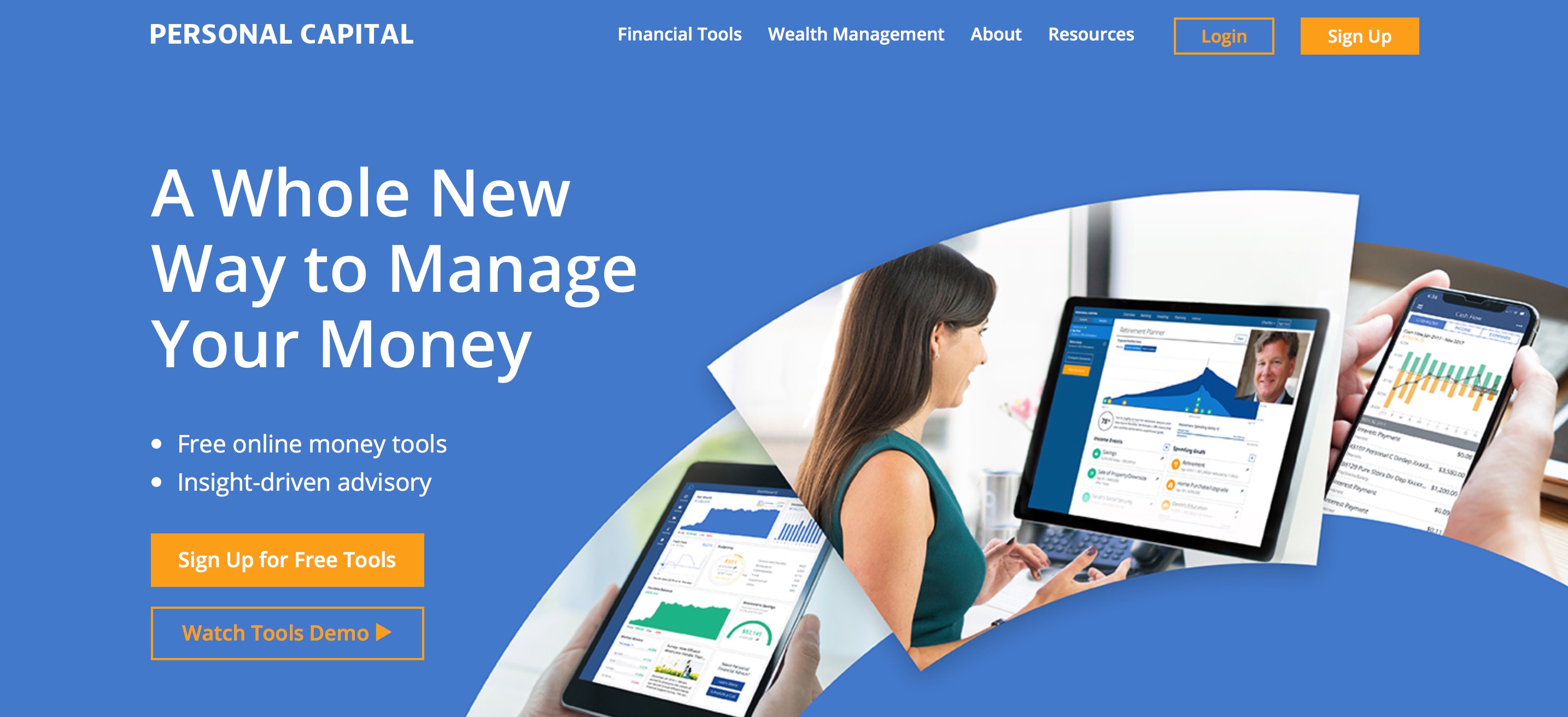
By many accounts, 2020 has been a difficult year full of events nobody could have anticipated or planned for.
As an industry, however, fintech has faired rather well. The shift to digital combined with an enhanced focus on the customer experience have benefitted banks, end users, and even fintechs themselves.
Fintech’s wealthtech subsector is no different. In fact, roboadvisory tools have evolved over the past decade with near-futuristic new features and offerings that are helping today’s consumers battle the challenges of 2020.
Here we’re taking a look at six ways roboadvisors have improved to (unknowingly) prepare for the toughest year yet.
AI has gotten smarter
Thanks to machine learning capabilities, the AI technology that powers investment strategies, forecasting, and reporting has improved significantly since roboadvisors hit their peak in 2015. Additionally, the amount of data has increased and computing power has been significantly upgraded, meaning that AI has never been smarter.
Recession forecasting
One of my favorite tools that launched this year is Personal Capital’s Recession Simulator. While many investment portfolio models offer a range of what-if scenarios, the Recession Simulator helps users illustrate the effects that historical recessions may have on their portfolio. Currently the Recession Simulator allows users to mimic returns of the DotCom crash of 2000 and the Financial Crisis of 2008.
Challenging the challengers
Last year ushered in the era of challenger banks, and roboadvisors were quick to jump on the opportunity. Three of the top roboadvisors by assets under management– Wealthfront, Betterment, and Personal Capital– all launched checking tools last year. These accounts help consumers keep all of their cash in a single, unified place and some offer tandem, high-yield savings accounts.
Automation
While many fintechs have promised to automate savings, investing, and billpay, many have been slow to deliver. Recently, however Wealthfront has made strides toward its Self-Driving Money concept. Last month the company unveiled Autopilot, the first product in its self-driving money suite. Autopilot takes clients’ savings and automatically monitors their balances and moves money around on their behalf to maximize their savings and returns.
Looking beyond retirement
While everyone hopes to save for retirement, there are plenty of other events to save for, too. Many roboadvisors have set up their platforms to enable users to save up for relatively smaller savings goals, such as a kitchen renovation, a child’s education, or a wedding.
Built for everyone
While many investment platforms cater to a variety of risk appetites, some have started to cater to new client bases, such as gig workers. Betterment, for example, launched a promotion with Steady, a gig economy workforce platform, to offer its users free financial advisory services for one year.
Photo by Eugene Zhyvchik on Unsplash







